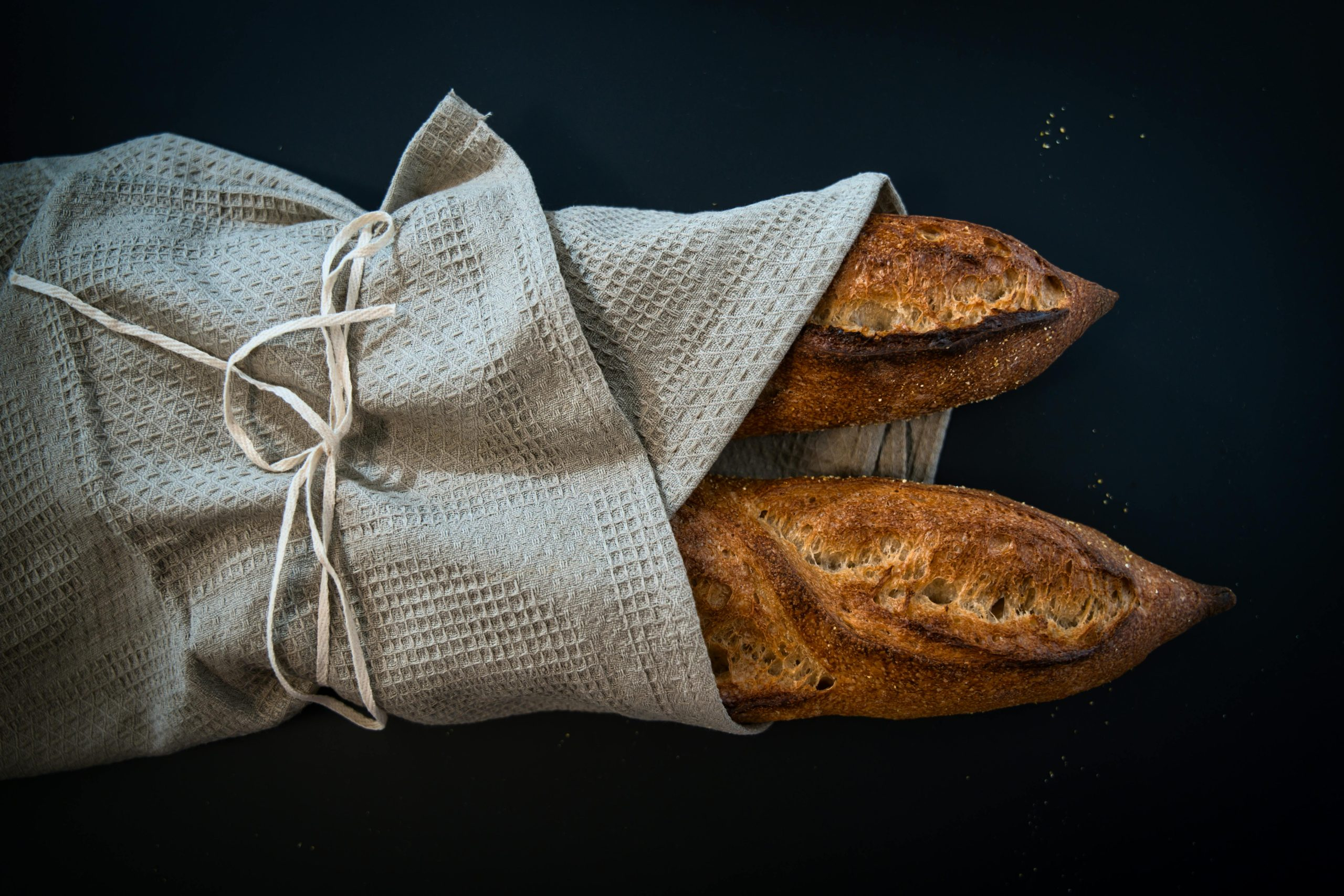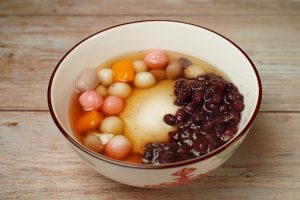The Secrets to Perfect Homemade Sourdough Bread
If you’re a bread-lover, chances are you’ve heard of, or maybe even tried, the beloved sourdough bread. This tangy, crusty bread has been a staple in bakeries and kitchens for centuries, and for good reason. The unique flavor and texture of sourdough bread can be traced back to a traditional fermentation process that creates a perfect balance of sour and savory. But the real secret to making the perfect homemade sourdough bread lies in the details of the method. In this article, we’ll uncover the secrets to achieving that perfect loaf of sourdough bread in the comfort of your own kitchen.
The Sourdough Starter
The key to making sourdough bread lies in the starter. A starter is a mixture of flour, water, and wild yeast that brings the dough to life and gives the bread its distinct flavor. The good news is, you don’t need to buy a starter from the store. With just flour and water, you can create your very own sourdough starter at home. This starter is essentially a fermented mixture that is bubbly, acidic, and aromatic – all signs of a healthy, active starter.
How to Create a Sourdough Starter
To make your own starter, mix equal parts of flour and water in a jar. For example, 1 cup of flour and 1 cup of water. Leave it at room temperature for 24 hours and then discard half the mixture and add in another half cup of flour and water. Repeat this process every 24 hours, discarding and feeding, for about a week or until the mixture becomes bubbly and smells sour. Congratulations, you now have a healthy sourdough starter ready to use!
The Importance of Proper Hydration
Another crucial secret to making perfect sourdough bread is proper hydration. The hydration level, which is the ratio of water to flour in the dough, plays a significant role in the texture and flavor of the bread. For a classic sourdough bread, a hydration level of about 75% is ideal. This means that for every 100 grams of flour, you’ll need 75 grams of water. However, this ratio can vary depending on factors like the type of flour used and the humidity of your kitchen.
Tips for Proper Hydration
When making sourdough bread, it’s essential to feel the dough and adjust the hydration level accordingly. If the dough feels too dry and won’t come together, add a little more water. If it feels too wet and sticky, add a little more flour. Also, using a kitchen scale to measure the ingredients can ensure accuracy and consistency in hydration level.
The Art of Proofing and Shaping
Proofing is the final rise of the dough before it goes into the oven. This step is crucial to give the dough structure and create an airy, light texture. But it’s not just about leaving the dough to rise; it’s about controlling the proofing process. The temperature and time of proofing can make or break your bread. Generally, a longer, cooler proof will result in a more complex flavor, while a shorter, warmer proof can make the bread more simplistic in taste.
Shaping the Dough
Before proofing, it’s essential to shape the dough to give it structure and prevent it from collapsing during the rise. There are various ways to shape sourdough bread, but one of the most popular methods is the “stretch and fold” technique. This involves stretching the dough and folding it onto itself multiple times to create tension in the dough and develop gluten.
Baking for the Perfect Crust
The final secret to achieving the perfect homemade sourdough bread is all in the baking process. Professional bakers often use steam during the baking process to create a crispy crust and prevent the bread from cracking. You can achieve the same result by placing a tray of hot water at the bottom of the oven, misting the dough with water before baking, or using a Dutch oven for a steamy baking environment.
When is it Ready?
It’s always challenging to know when your bread is perfectly baked. The best way to check is to use a thermometer. A fully baked loaf will have an internal temperature of 190-210°F. Also, the bread should sound hollow when tapped at the bottom.
Now that you know the secrets to making the perfect homemade sourdough bread, it’s time to put your skills to the test. Remember to be patient and trust the process, and you’ll be enjoying the tangy, crusty goodness of homemade sourdough bread in no time.










